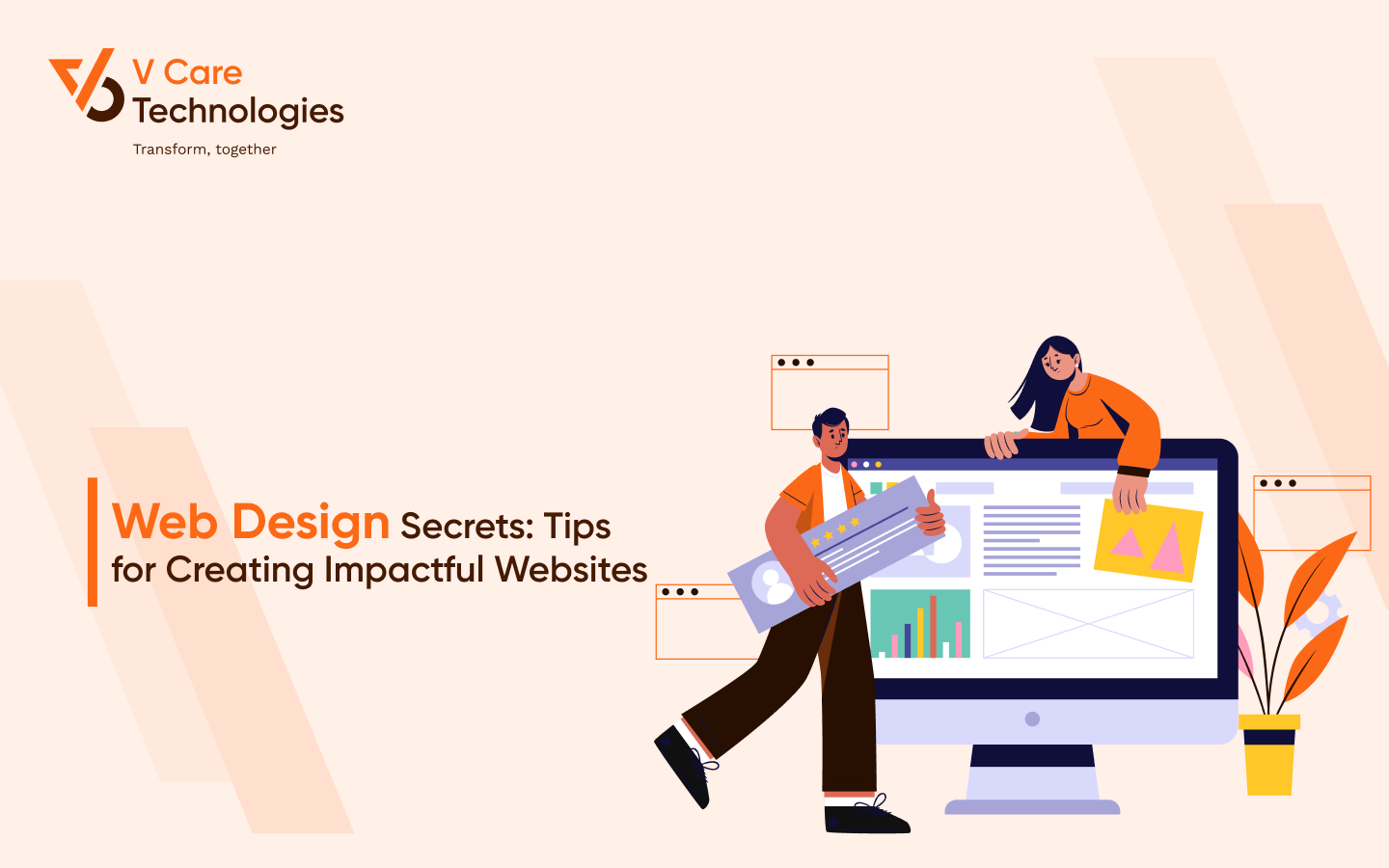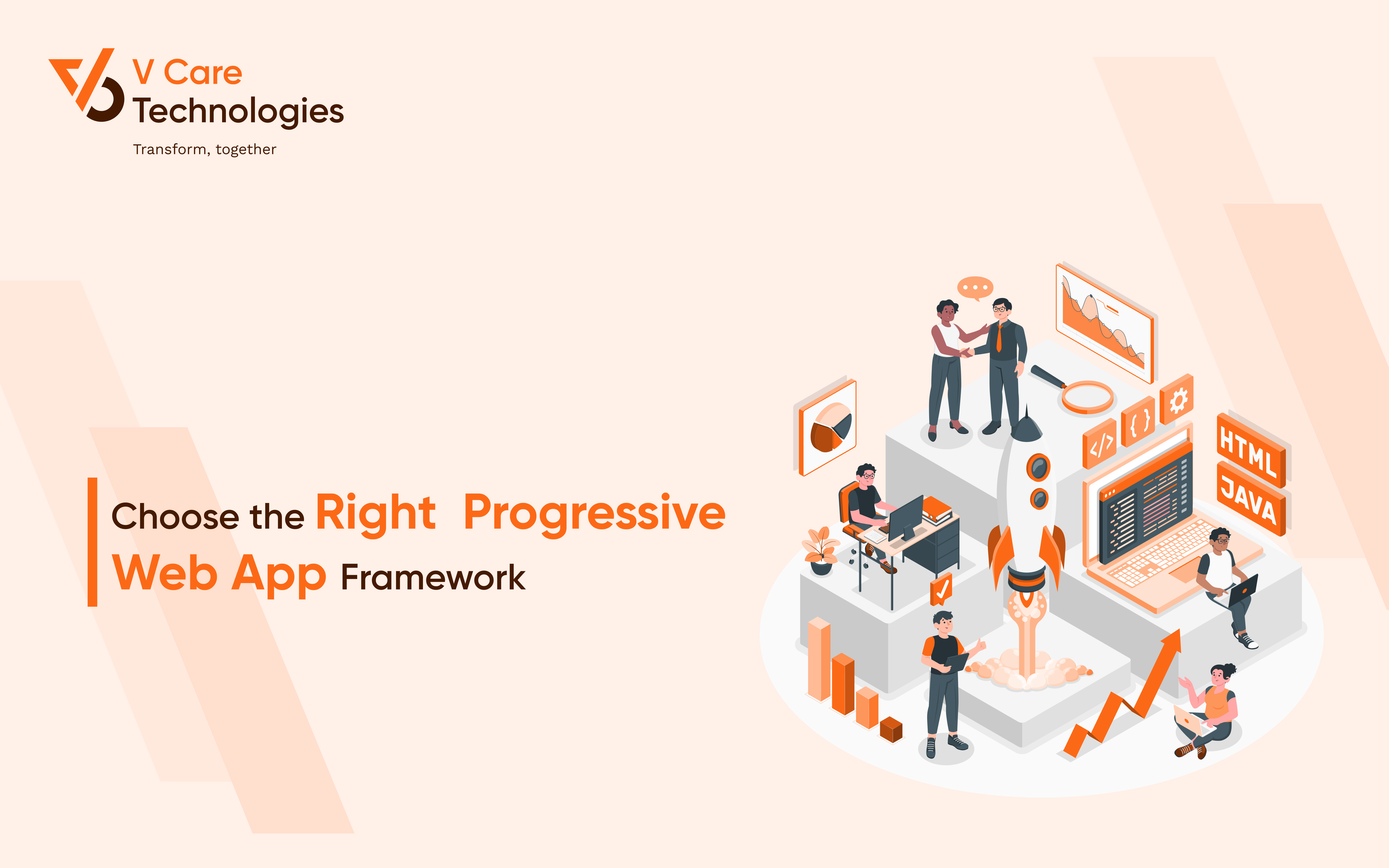Web Design Secrets: Tips for Creating Impactful Websites
Introduction:
In today's digital age, having an impactful website is essential for any business or individual looking to make a mark online. A well-designed website not only attracts visitors but also engages and converts them into loyal customers. To help you achieve this goal, we've compiled a list of web design secrets that will set your website apart from the rest. From aesthetics and usability to content and optimization, these tips will guide you in creating a visually stunning, user-friendly, and high-converting website. So, let's dive into the world of web design secrets and unlock the potential of your online presence.
Define Your Goals and Target Audience:
Before embarking on the web design journey, it's crucial to define your goals and identify your target audience. Understanding your objectives and knowing who you want to reach will help you tailor your website design to meet their needs. Conduct thorough research to gain insights into your target audience's preferences, demographics, and online behavior. This information will enable you to create a website that resonates with your audience, increasing the chances of engagement and conversion.
Keep It Simple and Intuitive:
Simplicity and intuitiveness are key to creating impactful websites. Avoid cluttered layouts and excessive design elements that can overwhelm visitors. Instead, opt for a clean and minimalist design that allows users to focus on the essential aspects of your website. Use ample white space, clear navigation menus, and logical content hierarchy to guide visitors seamlessly through your site. Intuitive user experience (UX) design ensures that users can easily find what they're looking for, reducing bounce rates and maximizing engagement.
Optimize for Mobile Devices:
With the increasing use of smartphones and tablets, optimizing your website for mobile devices is no longer optional; it's a necessity. Responsive design ensures that your website adapts to different screen sizes, providing an optimal viewing experience for users on any device. Mobile optimization includes fast loading times, easy-to-read text, touch-friendly buttons, and simplified navigation. A mobile-friendly website not only improves user experience but also boosts your search engine rankings, as search engines prioritize mobile-friendly websites in their results pages.
Focus on Visual Appeal:
Visual elements play a crucial role in web design, as they can captivate visitors and leave a lasting impression. Choose a visually appealing color scheme that aligns with your brand identity and evokes the desired emotions. High-quality images, videos, and graphics can enhance the aesthetic appeal of your website and convey your message effectively. However, be mindful of file sizes to ensure quick loading times. Additionally, use fonts that are easy to read and maintain consistency throughout your site. Striking the right balance between aesthetics and functionality will create a visually pleasing website that engages and retains visitors.
Create Engaging and Relevant Content:
Compelling content is at the heart of any impactful website. Develop well-written, informative, and engaging content that speaks directly to your target audience. Use a consistent tone and voice that aligns with your brand, and craft headlines and subheadings that grab attention. Incorporate relevant keywords to improve search engine optimization (SEO) and increase organic traffic to your site. Additionally, consider integrating multimedia content, such as videos, infographics, and interactive elements, to enhance user engagement and shareability. Update your material on a regular basis to keep it fresh and valuable to your readers..
Looking for IT solutions that use the latest and trending technology to boost your business? Look no further than V Care Technology! Our team of experts can help you identify the right technology solutions that match your business needs, from Website development and Mobile apps to software development and Digital marketing. Contact us today to find out how we can help you take your company to the next level.
FAQ
1. How do I choose the right color palette for my website design?
- Consider your brand identity and target audience.
- Use color psychology to evoke specific emotions.
- Ensure good color contrast for readability.
- Use color palette tools and resources for inspiration.
2. What are the best practices for optimizing images for the web?
- Compress images to reduce file size without compromising quality.
- Use appropriate image formats (JPEG, PNG, SVG) based on the content.
- Resize and crop images to fit the intended display.
- Utilize image optimization tools like Photoshop, TinyPNG, or Squoosh.
3. How can I create an effective call-to-action (CTA) button?
- Make the CTA visually distinct with contrasting colors and clear text.
- Use action-oriented and concise wording.
- Ensure the button is prominently placed and easily clickable.
- A/B test different variations to optimize performance.
4. What are some tips for designing an engaging landing page for higher conversions?
- Keep the layout simple and clutter-free.
- Use compelling headlines and persuasive copy.
- Include relevant visuals, such as high-quality images or videos.
- Incorporate social proof and trust indicators.
- Design a clear and prominent CTA.
5. How can I conduct user research for better user-centric design?
- Use methods like surveys, interviews, and usability testing.
- Define user personas to understand your target audience.
- Analyze user behavior and feedback to identify pain points.
- Incorporate user research findings into your design decisions.
6. What strategies can I use to improve website navigation and usability?
- Organize content logically with clear navigation menus.
- Use descriptive labels and intuitive icons.
- Implement breadcrumbs and search functionality.
- Ensure responsive design for seamless navigation on different devices.
7. How do I create a responsive web design?
- Use a mobile-first approach to design for small screens.
- Utilize responsive frameworks like Bootstrap or Foundation.
- Employ media queries to adapt layouts for different screen sizes.
- Test your design across various devices and screen resolutions.
8. How can I optimize my website's speed and performance?
- Optimize image sizes and use browser caching.
- Minify CSS, JavaScript, and HTML files.
- Enable compression and content delivery networks (CDNs).
- Use performance monitoring tools like Google PageSpeed Insights or GTmetrix.
9. What is A/B testing and how can I use it for website optimization?
- A/B testing involves comparing two versions of a webpage or element.
- Define a clear hypothesis and set specific goals.
- Identify variables to test (e.g., headlines, layouts, CTA placement).
- Split your traffic evenly between variations.
- Analyze the data and draw conclusions for further optimization.
10. How can I optimize my website for search engines (SEO)?
- Research relevant keywords and incorporate them into your content.
- Optimize meta tags (title, description) and headings.
- Improve website loading speed and mobile-friendliness.
- Create high-quality and shareable content.
- Build quality backlinks and utilize proper URL structure.
11.What are the key principles for designing an accessible website?
- Use proper HTML markup for accessibility (semantic tags, alt attributes).
- Ensure sufficient color contrast for visually impaired users.
- Provide text alternatives for non-text content (images, videos).
Author: Murtuza Tarwala
2023-05-30




 About us
About us Services
Services Projects
Projects Our Blogs
Our Blogs





